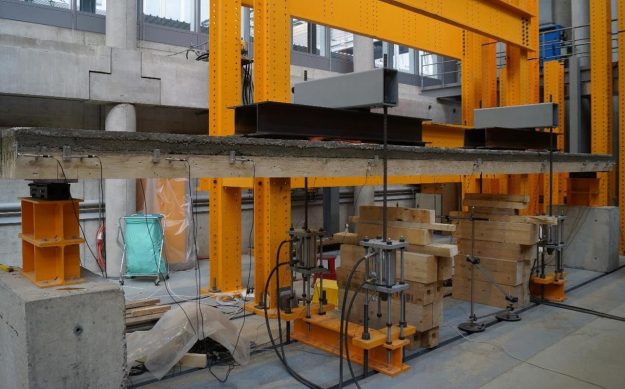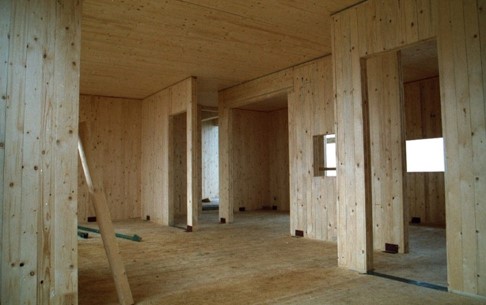Development of technical concepts for the densification of urban living areas
| The project aims at developing concrete technical concepts for the densification of urban living areas by raising the height of existing buildings in a cost-effective and ecological manner. These construction techniques will have to meet the multiple, complex and increased requirements resulting from densified cohabitation as well as the more extreme temperatures associated with climate change, while at the same time strike a balance with nature in terms of the preservation of natural resources, reduction of greenhouse gas emissions and lowering of energy consumption. All demographic forecasts predict that the population density of urban areas will increase sharply over the next few decades. In order to combat urban sprawl (which mainly adversely affects agricultural and natural areas), urban areas will have to be densified inwardly, as also required by the latest Spatial Planning Act (SPA), on the basis of a well-aged, diverse and variable urban building portfolio. In order to accommodate more inhabitants on an essentially constant ground surface, living spaces must then mainly grow towards the sky (because nobody will accept living in the basement). This starting situation raises the following questions: 1) What are the right building materials and techniques to be used to increase the living space by raising the building height, based on the existing building portfolio, without disproportionately encroaching on existing construction and its surroundings? 2) What requirements must be met in order for this vertical growth to take into account the economic, environmental and comfort requirements of users and citizens, both now and in the future? Raising the height of existing buildings implies very different requirements from those of new constructions, especially in terms of production and implementation of building elements. In order not to disproportionately overload the existing construction, the construction elements used must essentially be very light. This can be achieved by using lightweight materials to build elements of usual dimensions; or high-performance materials used to manufacture very thin elements, thus also being light. Their economic and environmental performance is dictated in particular by the materials used as well as by the manufacturing and installation methods, for which prefabrication or simple on-site installation is generally targeted. Similarly, they are also determined by the thermal envelope and the finishing ('non-load-bearing') work required to ensure user comfort which, in turn, depends essentially on the requirements arising from current and future building physics (which will be increased due to densified cohabitation and climate change). |

